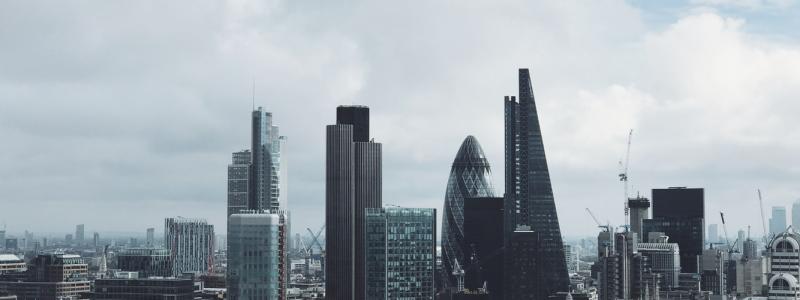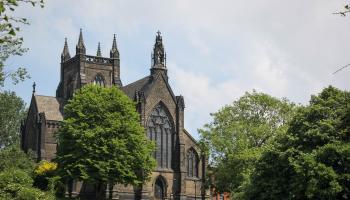September 18, 2020
Cladding three years after Grenfell
3 years after the Grenfell tragedy the property market is being clogged up by delays caused by red tape. Is there any progress actually being made in ensuring not only the safety of existing buildings but also those being built now and in future?

Just over three years ago the tragic events that we have come to know simply as Grenfell happened in front of a shocked nation, world in fact. What progress has been made since that time to rid all buildings of combustible material and prevent a repeat of Grenfell? Whilst progress has and is being made it is still in my view too slow, COVID has not helped but even without that it is still too slow.
Why certain cladding is an issue
To understand more about the issues it may help to know why the cladding at Grenfell caused such a horrific event.
Without going into significant detail, in the case of Grenfell, a fire was started in a kitchen of a 4th floor flat. This alone was not a significant concern, however, the fire spread to the kitchen window and as a result of flaws in the design of the window the fire was able to escape through it. Just outside the window was the cladding.
The cladding used on Grenfell was called Aluminum Composite Material (ACM). The panels on the building had a thin aluminium plate on the front and back, between them was a layer of polyethylene infill.
When the fire heated the aluminium plates it caused them to split apart exposing the polyethylene which is combustible. As it melted and caused it to combust it could spread rapidly across the building. Although firefighters were using water on the panels, they were in effect waterproof, and the aluminium front protected the fire.
There are types of the panel referred to as non-ACM cladding which is accepted to mean and other types of unsafe cladding which could cause the same effect in other buildings.
The extent of the issue
In England, there have been 433 buildings above 18 metres that have ACM cladding, only 105 have had it removed. There is little data on buildings less than 18 metres tall that may have unsafe cladding. So there is still a lot of work to be done.
Government Support
The Government have offered money to get the work done, the Chancellor committed a further £1bn last month to have cladding removed and replaced.
The law
Unfortunately, there is still no legal requirement for all landlords to have an inspection of the cladding carried out, it is simply recommended. Whilst it remains that way it is likely many will not go to the trouble, as if the memories of Grenfell are not enough that landlords should do the right thing.
Effect on buying and selling
Whilst safety is the primary focus, those who own property in an affected building are unlikely to be able to sell their property. Again, whilst safety is the priority, people do have genuine reasons that force them into having to sell. Likewise, willing purchasers will not be able to get mortgages.



Comments (0)
Want to comment on this page? Login or Register.